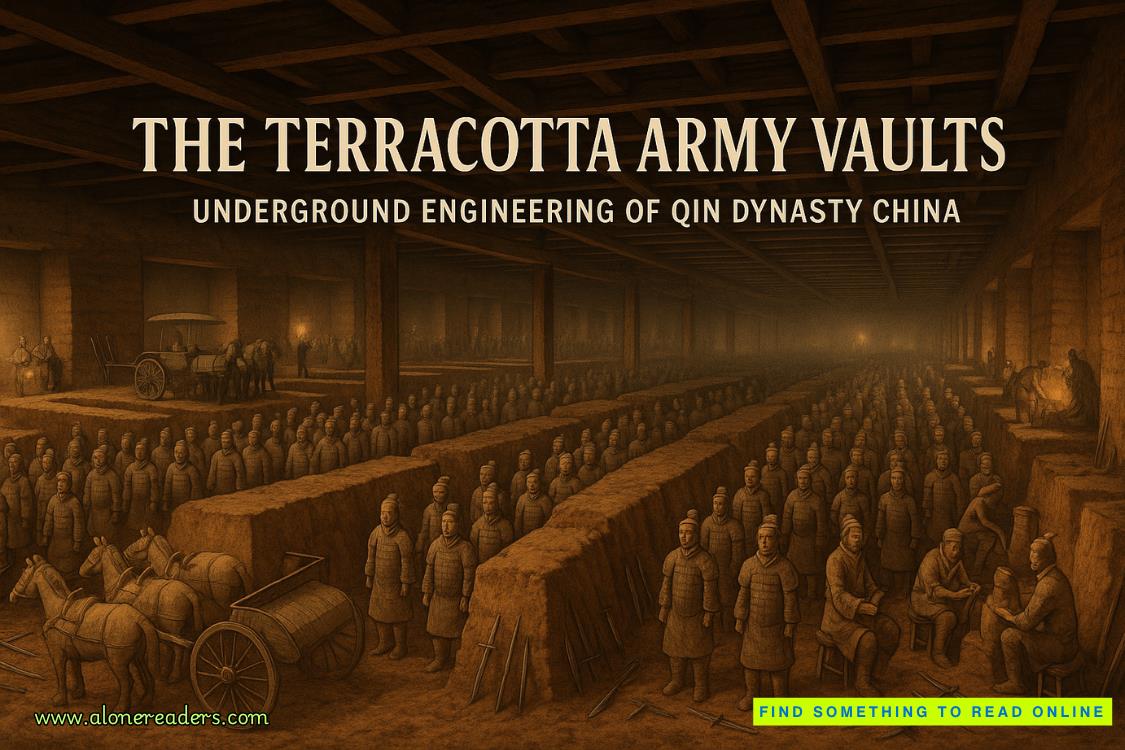Page 28 of The Survivor (Mitch Rapp 14)
Coleman had already covered those bases, but the fact that Gould wasn’t starting out with his normal string of lies was promising.
“What about dogs?” Rapp said. Coleman hadn’t had a chance to answer the question.
“I’d bet against it. Obrecht got attacked by one of his father’s Dobermans when he was a kid. You can still see the scars on one side of his jaw. He’s terrified of them.”
Rapp glanced at Coleman, who gave a subtle nod, confirming the information.
“What’s he got by way of guards?” Gould asked.
“Twelve men,” Coleman said. “All serious operators.”
“That’s more than he’s had in the past. You must have spooked him. Can you get to any of them?”
“He canned all the Americans and Brits,” Hurley said.
Gould nodded. “He figured you might be able to turn them. That’s the problem with Leo. He’s not an idiot.”
“How secure is the safe room?” Rapp asked.
“It’s set into the bedrock in the basement. Foot-thick steel walls, separate oxygen supply, separate heating and cooling systems. You could burn the house down around it and Obrecht would never break a sweat.”
“So at the first sign of a breach, Obrecht’s going to lock himself in there and wait us out,” Rapp said. “Scott, what about his communications?”
“We’ll jam his wireless and cut his hard lines, but the amount of firepower we’re going to have to use to get in there isn’t going to go unnoticed no matter how far away and deaf his neighbors are. We can clip into the police station’s line and head off any phone traffic but that’s only going to buy us another fifteen minutes or so.”
They all fell silent, staring down at Dumond’s model. Finally, Gould spoke. “Since I’ve passed all the tests about bulletproof glass and dogs, let me tell you something you don’t know. The safe room isn’t all Obrecht has in that basement.”
He grabbed a pool cue and pointed to the base of a wooded knoll southeast of the wall. “There’s an entrance to an escape tunnel that comes out here.”
Rapp looked at Coleman, who shrugged. “It’s not on any plans, and his former guards don’t know anything about it.”
“Obrecht doesn’t trust anyone. The safe room’s good for the most likely threat—that some crook he works with decides he knows too much. The tunnel is there in case his own guards or a government comes after him. I got lucky and stumbled across it while I was probing for weaknesses in his security. The access is hidden inside a small natural cave.”
Mostly lies, of course. Obrecht used that tunnel to smuggle in contraband that he wanted to make absolutely certain authorities never discovered. Usually attractive young boys snatched from the streets of third-world countries, but occasionally also criminal associates like Gould.
“I can have my guys take a look,” Coleman said.
Rapp gave a short nod, authorizing it. “Can we get into the tunnel from that cave?”
“Shouldn’t be a problem.”
“Okay, then,” Rapp said. “As tempting as it is to just kick up a bunch of dust and wait for Obrecht to pop out, we can’t risk it. With Rickman involved, there’s always a chance that one of the guards is compromised and will take Obrecht out before we can get to him. Even more likely, he’ll go for the safe room. In the end, the only way to be sure we get him out of there alive is to drag him out.”
CHAPTER 13
NEAR BHAKKAR
PAKISTAN
FOR this excursion, the aid agency Land Cruiser had been traded for an equally nondescript delivery truck. The vehicle was positioned in the middle of a regularly scheduled supply convoy, and Ahmed Taj was sitting in the passenger seat. The road was well maintained and the surrounding landscape stretched—empty and windswept—to the horizon. A stark contrast to the crush of Pakistan’s overcrowded cities.
The facility coming into view had been designed to be unremarkable, and it remained so despite recent events. The warehouse-style building was fashioned from local materials, making it blend into its surroundings to the degree possible. The razor-wire-topped fence surrounding it was a commercially available variety, indistinguishable from millions of similar chain-link structures throughout the country. Most important, the facility actually did produce the textiles described by the placard on the gate—albeit by trusted men sourced from Pakistan’s armed forces.
“I want to examine the damage myself,” Taj said as the lead vehicle eased to a stop in front of the gate. “I’ll get out here.”
His driver’s stoic expression turned fearful. “We have no way to know if the terrorists who carried out the assault have all been captured, Director. There could still be armed men in the area.”
His reaction was understandable. The Pakistani Taliban, bent on bringing down the government, had attacked the facility less than eight hours before.















